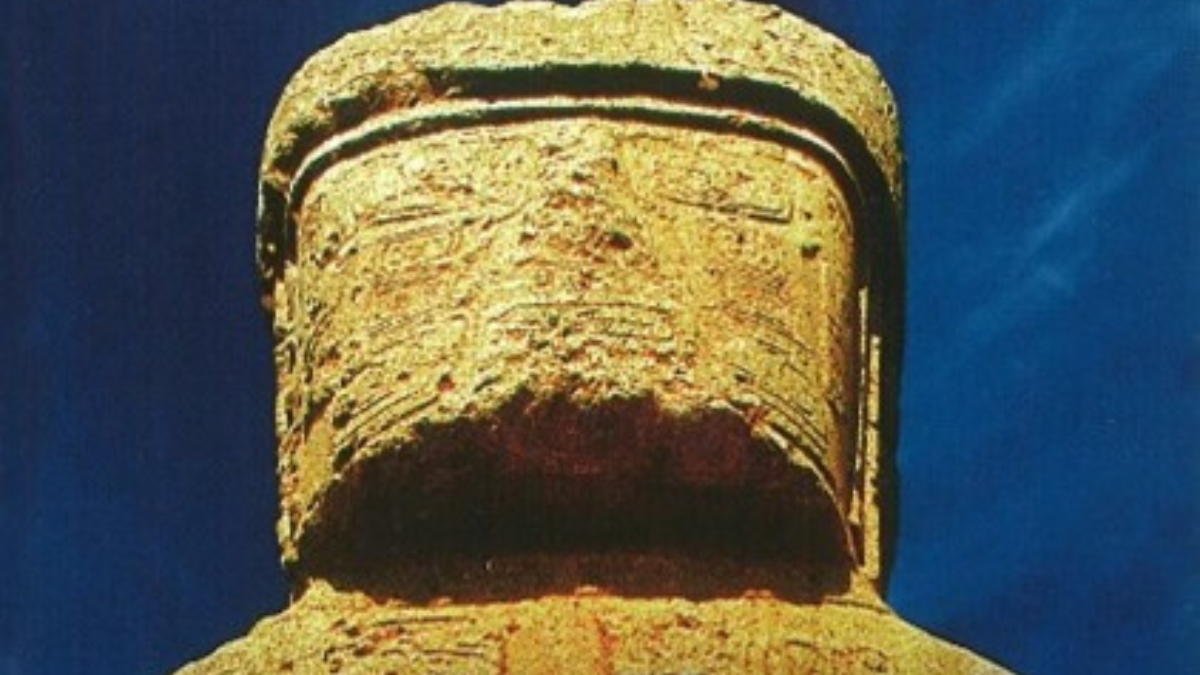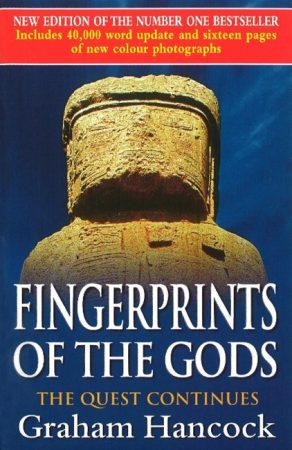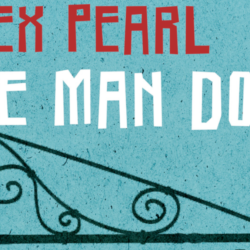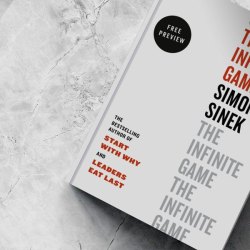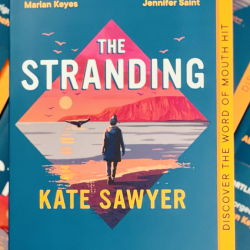I have chosen two extraordinary books (Fingerprints of the Gods and 1421) and two epic stories (Dublin and The Pillars of the Earth). All are faction. Both Fingerprints and 1421 have seriously annoyed rational academics, which is silly given that neither Graham Hancock nor Gavin Menzies claimed authenticity for every detail in their books. Both Dublin and Pillars form part of series from extremely prolific and accomplished authors. So, if you enjoy them, there are plenty more absorbing novels to discover.
In the introductory paragraphs below there was no way I can do justice to four long and involved books. Nor was I setting out to review them. I just want to tempt your palate!
Fingerprints of the Gods, by Graham Hancock
Hancock is not the only historian to have written about the uncanny parallels between the temples of Central and South America and ancient Egypt. Not only are there architectural similarities, but also the same kind of rituals connected to sites many thousands of miles apart.
But he brings the story to life by weaving the travels of himself and his wife to the Aztec and Nazca sites in Mexico and Peru and the pyramids of Giza into the history and legend encompassing the conventional wisdom of the origins of all these amazing monuments.
Add fascinating astronomic detail, and the mysterious 1513 Piri Reis Map of an Antarctica without its ice cap, suggesting an advanced and previously unknown civilisation, having emerged — like Egypt and Mexico — from a mighty flood. Where do the gods fit in? Read ‘Fingerprints’ and learn about Osiris and Quetzalcoatl. Hancock was giving us a new perspective on the dawn of human existence before the remarkable discoveries in Anatolia at Gobeklitepe and Karahantepe, which took that dawn back into an even more ancient era.
Dublin, by Edward Rutherfurd
Rutherfurd has a remarkable gift for retelling history over many generations through the lives of ordinary people living in what were at the time humble locations. Dubh Linn was a farm named after a dark pool. It became the Viking port of Dyflin, and then the City of Dublin in John Bull’s other island. We keep track of continuity by identifying with individual families — men, women and children, often with consistent physical characteristics — and the historical characters they interacted with.
Unusually for a Rutherfurd epic, Dublin ends prematurely five hundred years ago. Why? Because the author wished to bring the story up to date in a follow-up volume — Ireland Awakening. But to me this in no way takes away from the impact of his compelling episodic narrative.
As with his other best known books like Russka, Sarum, London, New York and Paris, it is all about believable people and the lives they led, heavily influenced by where they first came into the world. This isn’t the history of battles and kings. It is the history of social, economic, cultural and indeed national development, delivered in an engaging and credible way. I have not only enjoyed all the Rutherfurd books I have read. I have learned so much.
The Pillars of the Earth, by Ken Follett
Having said that I wasn’t going to review these books, I would like to credit the New York Times with a very accurate and neat summation of this book, in the contemporary review they published in 1989.
The great cathedrals of the High Gothic style are the soul of the Middle Ages. At Chartres and Peterborough and Saint-Denis, the medieval masons made visible the era’s paramount idea of an eternal order, soaring between heaven and earth, bringing God to men and men to God and transcending the terrible realities of everyday life with the sublime harmony of stone and light.
Ken Follett’s mammoth new novel chronicles the building of a Gothic cathedral, set against the turmoil of 12th-century England, when two ineffective monarchs battled for the throne and the country collapsed into the period called the Anarchy.
Stories about cathedrals can be intellectually satisfying but emotionally a little dry, and the Anarchy provides Mr. Follett, whose previous books have been modern suspense novels, with a juicy gush of brutality and rapine, all depicted in graphic detail, to flesh his story out.
But that is just the plot. Follett, like Rutherfurd, uses ordinary people, living ordinary lives, to help us understand something of what life in this country was like nine hundred years ago. Everything has changed, but nothing has changed. The hero of the book is the magnificent cathedral at Kingsbridge. But in life as in books, in the past as in the present, the characters are what keep us turning the pages and pushing lights out further back each night. Follett is a master storyteller.
1421, by Gavin Menzies
Emperor Zhu Di was the Chinese ruler whose ambition was to discover ‘unknown’ parts of the world on a scale undreamed of even by the three greatest conquerors the world had previously seen — Alexander the Great, Julius Caesar and Genghis Khan. But he was by instinct an explorer not an empire builder. (That latter driver may well be realised by a contemporary ‘Emperor’ — Xi Jinping!)
Zhu Di assembled the biggest fleet the world had ever seen. It set sail in March 1421 under the command of Admiral Zheng He. Zheng and his fellow admirals made what most sailors would regard as the ultimate sacrifice for any seafaring man – castration. In this way Zhu mandated that his expedition would not suffer from distractions! It seems to have worked. The Chinese fleet circumnavigated the globe a hundred years before Magellan and discovered America seventy years before Columbus. They also discovered Antarctica, Australia, New Zealand, reached both coasts of the American continent, the West Coast of Africa, and possibly even reached Greenland.
Sadly for Zhu Di, by the time the explorers returned he had fallen from power, the exploration policy was dropped, records were destroyed and the great ships rotted at their moorings. Fortunately for us, Menzies emerged more than 500 years after China emerged from her self-imposed isolation to tell this remarkable story.
Featured image: Fingerprints of the Gods, by Graham Hancock

















